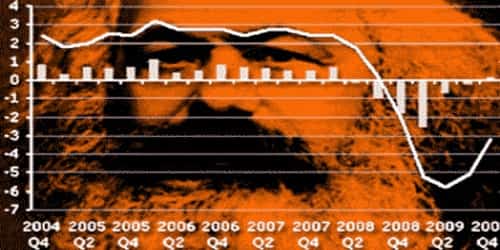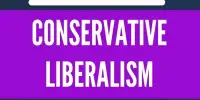Standard costs are also known as predetermined costs in terms of money, quantity or time as the basis of standard costing. They are used as target costs (or basis for comparison with the actual costs), and are developed from historical data analysis or from time and motion studies. Standard costs are target costs, which should be attained and can be considered as a measuring rod or norms for performance evaluation. They almost always vary from actual costs, because every situation has its share of unpredictable factors.
If standard costs are used, there will be:
- a standard cost for each unit of input (e.g., $20 per hour of direct labor)
- a standard quantity of each input for each unit of output (e.g., 2 hours of labor for each product)
- a standard cost for each unit of output (e.g., $20 X 2 hours = $40 of direct labor per product)
Under a standard cost system, the standard costs of the manufacturing activities will be recorded in the inventories and the cost of goods sold accounts. Since the company must pay its vendors and production workers the actual costs incurred, there are likely to be some differences. The difference between the standard costs and the actual manufacturing costs is referred to as a cost variance and will be recorded in separate variance accounts. Any balance in a variance account indicates that the company is deviating from the amounts in its profit plan.
Management uses these costs in two different ways. First, they use them to plan out future production processes and increase efficiencies. By looking at the preset costs for operations, management can innovate new ways of producing products that don’t require the same procedures–thus, reducing cost.
Second, management uses these expenses to determine how reasonable the actual costs were for the period. Since present costs and actual costs are rarely identical, management can evaluate how close the actual expenses matched what they should have been. This is similar to the budgeting process.
Terminology
There are various types of standards in use. Out of these, the suitable standards should be selected for effective cost control. The following are the main types of standards.
- Basic standards
- Ideas/expected standards
- Attainable standards
- Historical standards
Information Source:
















